Mayo River Protection Expands
PLC Transfers 93 Acres to State Park and Secures 30 More Along the River
JUNE 2025
If it were up to us, we’d protect the entire Mayo River tomorrow – actually, today. But conservation is a long-term effort that unfolds parcel by parcel. Land takes a lot of time to change hands, especially when it comes to piecing together a
16-mile corridor of connected properties.
That’s the vision laid out in the Mayo River State Park Master Plan, published by the N.C. Division of Parks and Recreation. The plan details a fully protected natural corridor along the length of the Mayo River.
As a partner in the planning process, Piedmont Land Conservancy helped form the vision. A continuous landscape like this is essential for safeguarding clean water, supporting wildlife habitat, and preserving the unique character of the Mayo River for generations to come.
While progress may be slow, it continues steadily. On March 3rd, PLC officially transferred 93 acres of protected land to Mayo River State Park. Then, on June 4th, we acquired a 30-acre parcel of farmland that borders the river, just a few properties away from land we transferred to the park in 2016.
The Hickory Creek Expansion Transfer
The 93-acre Hickory Creek Expansion was originally purchased by PLC in December 2022. Located along the Mayo River and including one of its tributaries, these forested acres protect clean drinking water, offer vital habitat for wildlife, and support rare aquatic species. Now, as part of Mayo River State Park, the land will remain protected from development and has potential to support recreational purposes like trails or a river access.
These wildlife camera images taken on the Hickory Creek Expansion land and shared by Russell Bennett, show the benefits of this wildlife corridor to various animals that require larger undisturbed areas to thrive like Wild Turkeys, Black Bears, and Bobcats.
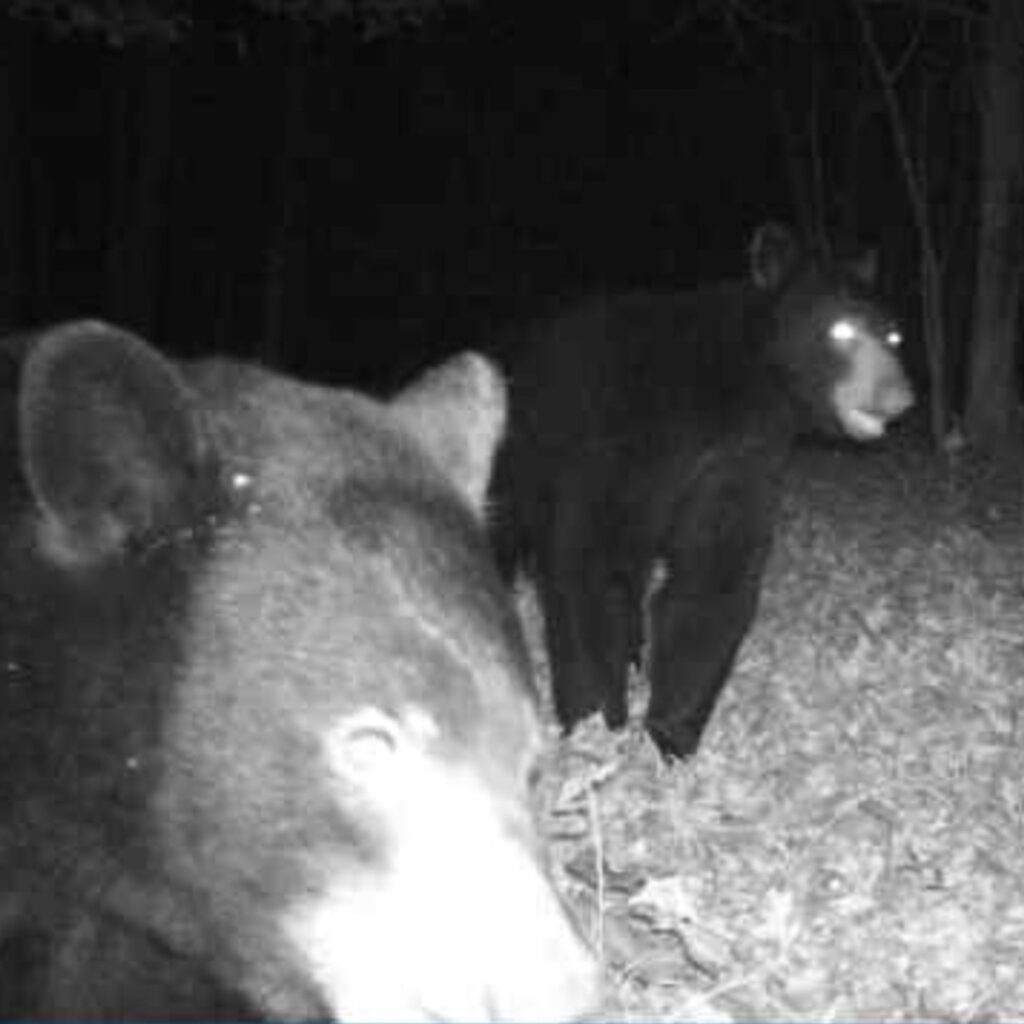
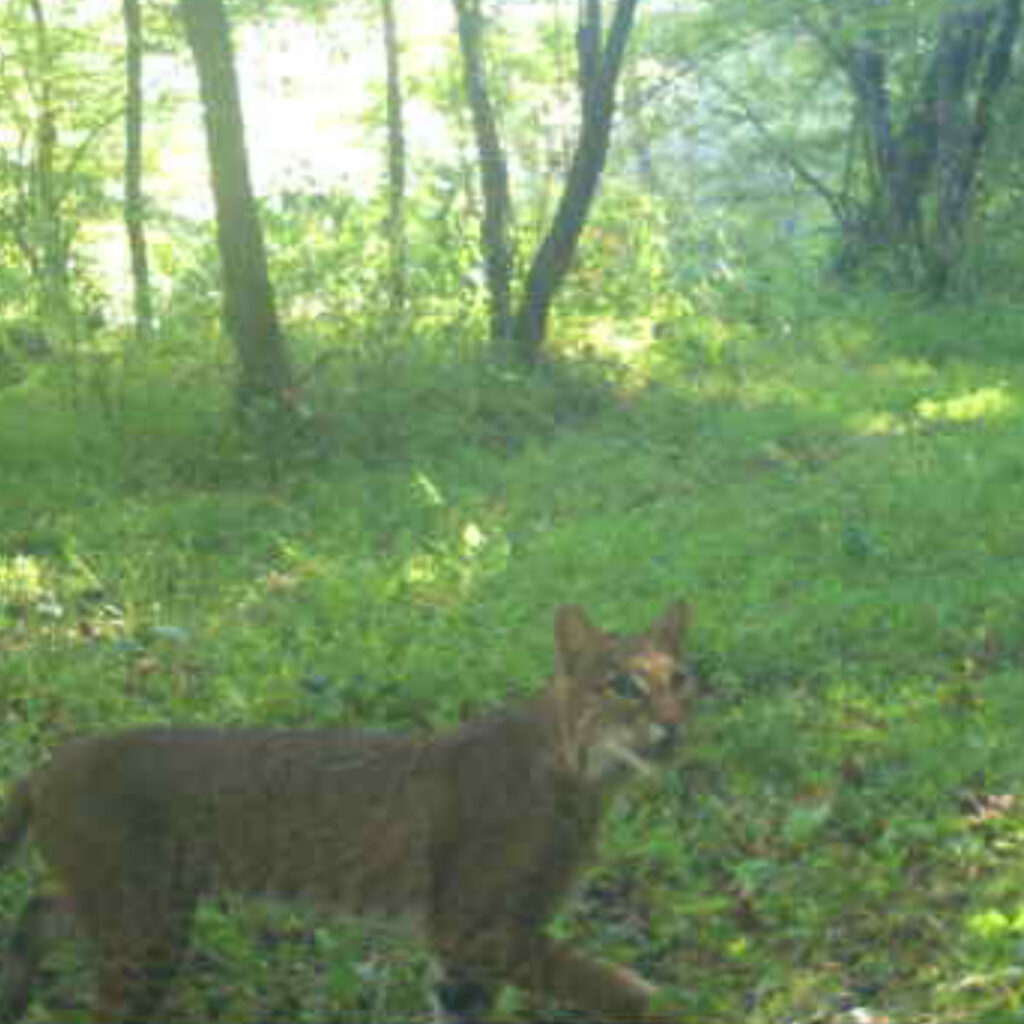
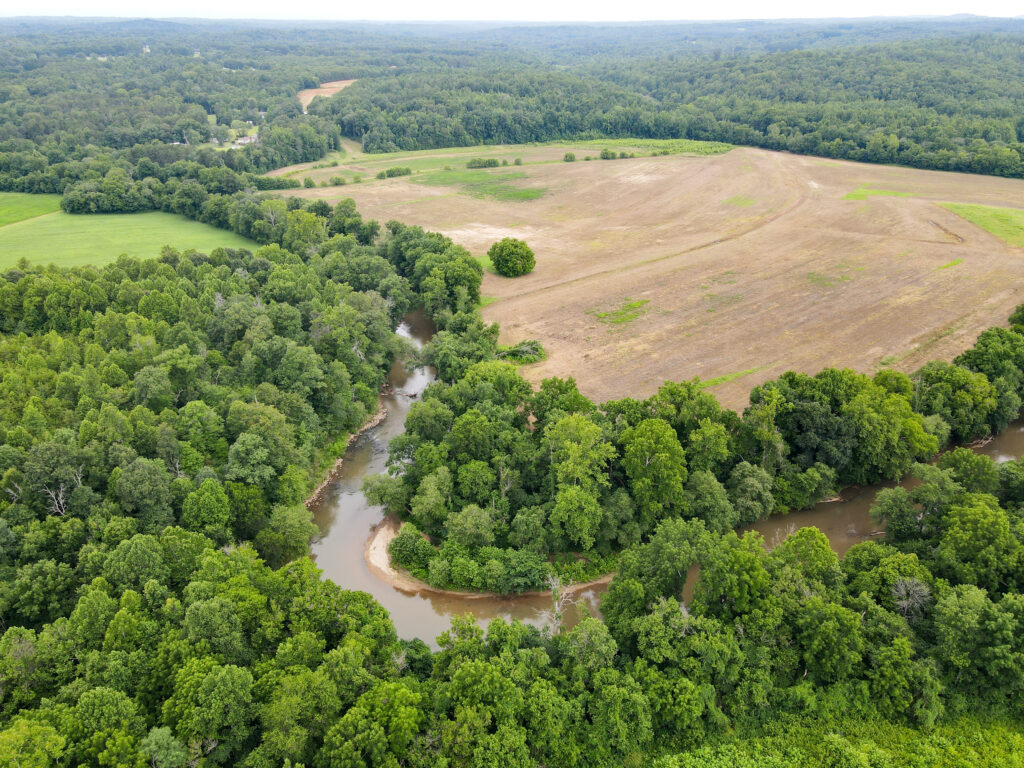
The Mabe Farmland Acquisition
While the old cornfield (pictured) might not look like habitat today, it will play an important role in our long-term conservation strategy. Included in the Mayo River Master Plan for years, the 30-acre Mabe Farmland will eventually be transferred to the State Park. In the meantime, PLC will work to protect the neighboring parcels that connect this land to the existing park boundary.
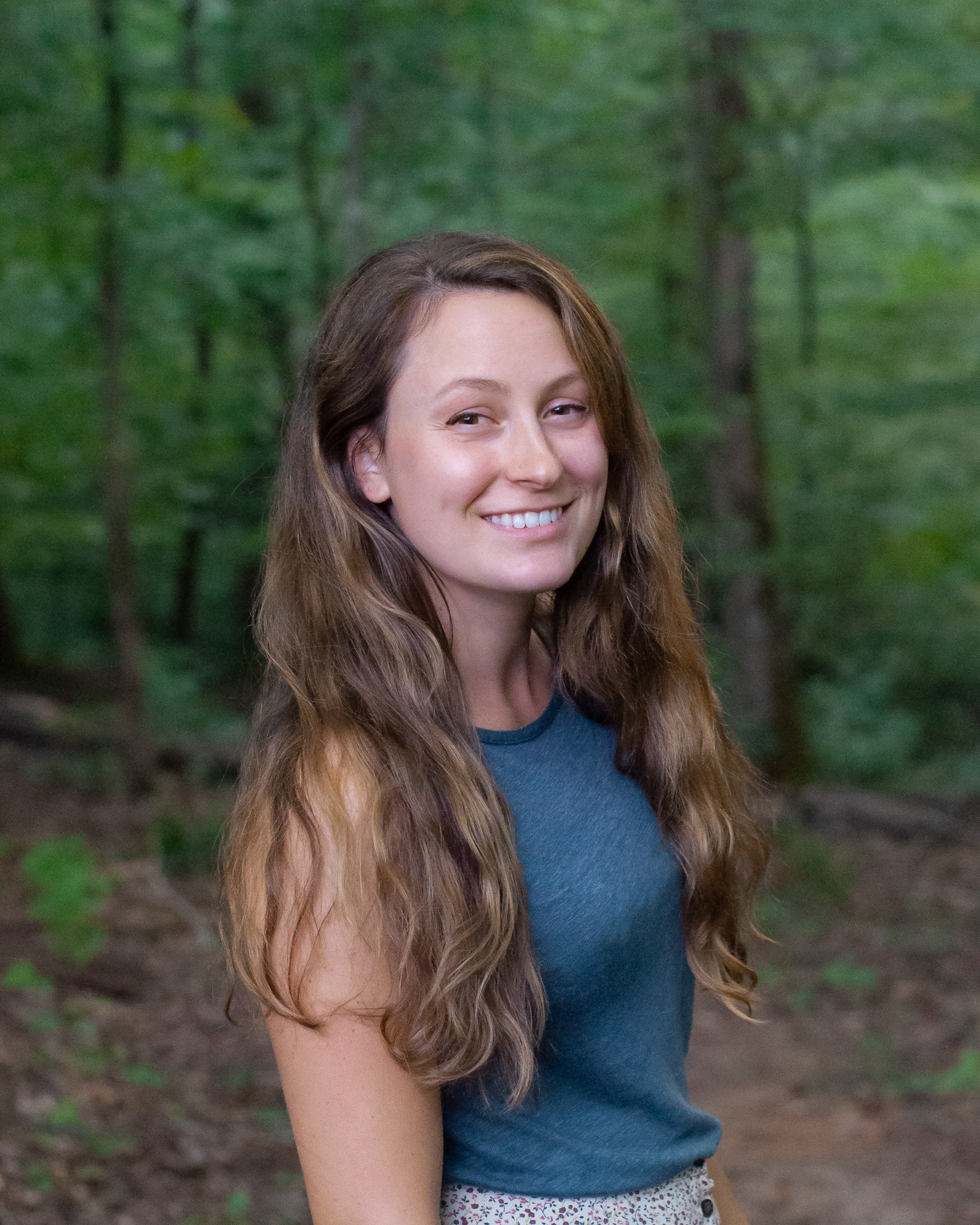
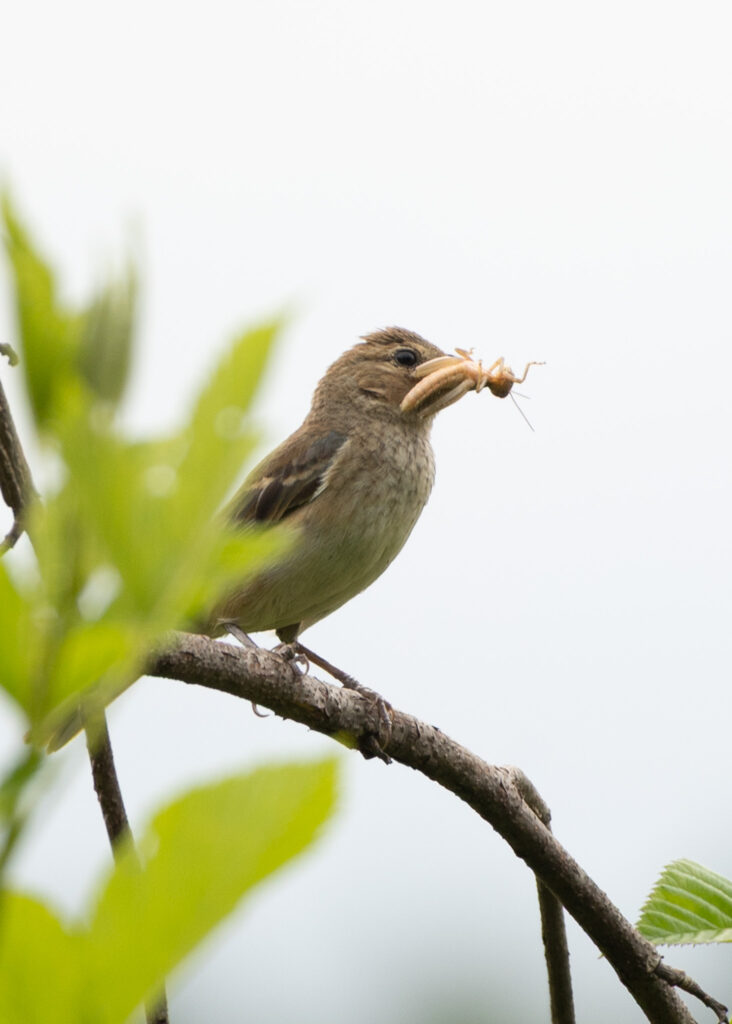
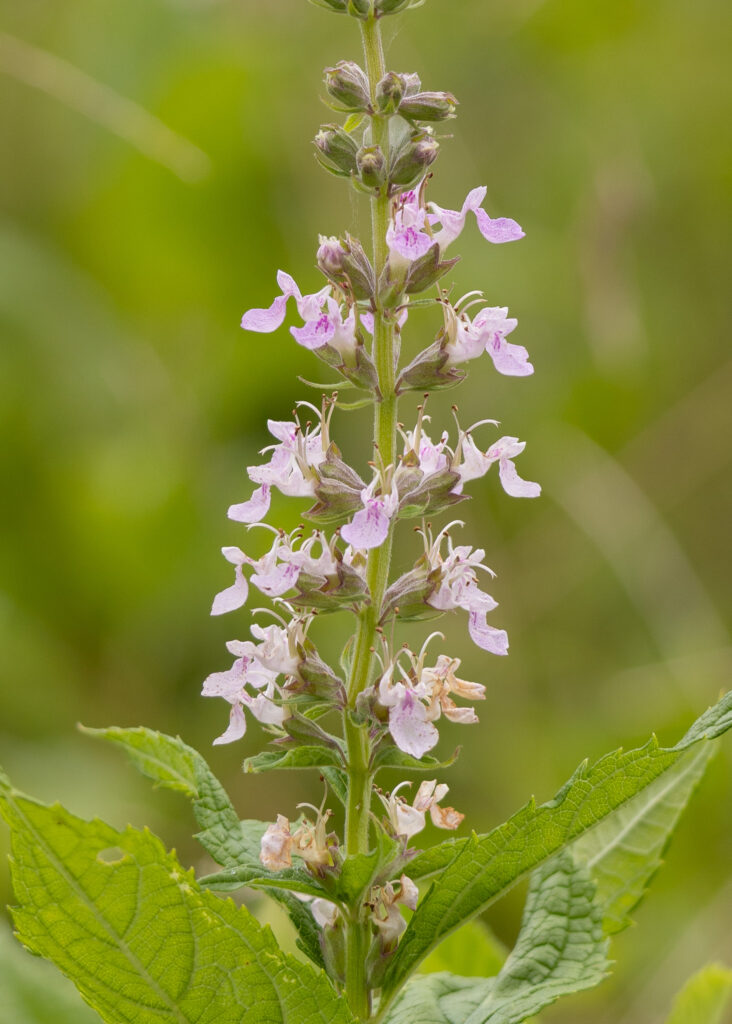
The Return of the Roanoke Logperch
Another sign of progress on the Mayo River came last fall, when partners gathered to release the federally endangered Roanoke Logperch back into its native waters. This small fish is found only in the Chowan and Roanoke River basins, including the Dan and Mayo Rivers, but nowhere else in the world. A coalition of conservation groups and agencies has been working to restore its population and bring it back from the brink of extinction.
At PLC, we’re proud to contribute by protecting the land along the Mayo River, helping ensure the clean, healthy water this species needs to survive. The return of the Logperch is a reminder that land conservation is our most powerful tool to protect entire ecosystems. Just because they’re close to home doesn’t mean these lands are less worthy of care. Preserving the forests, streams, and habitats in our own backyard is just as vital as saving the more far-flung or iconic places we often imagine when we think of conservation.
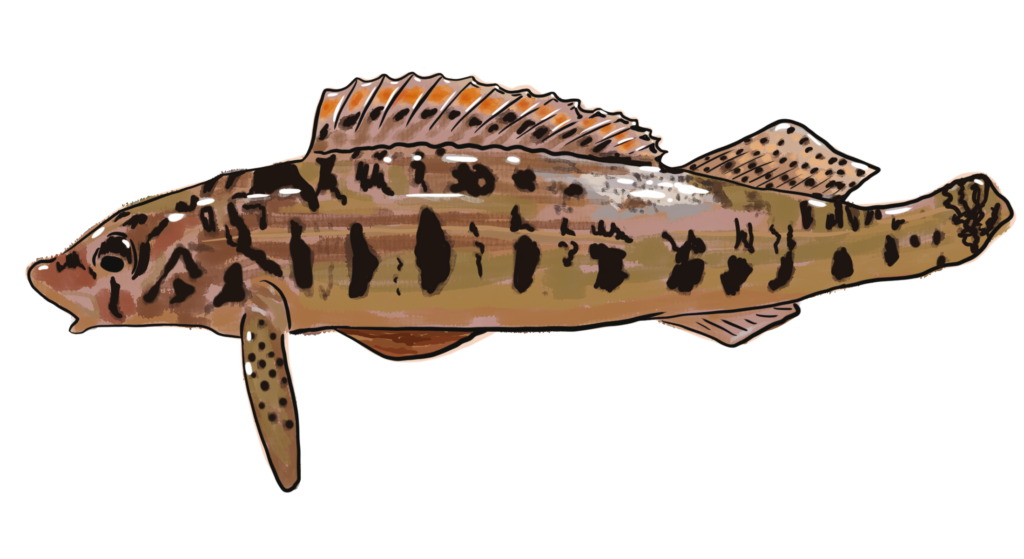
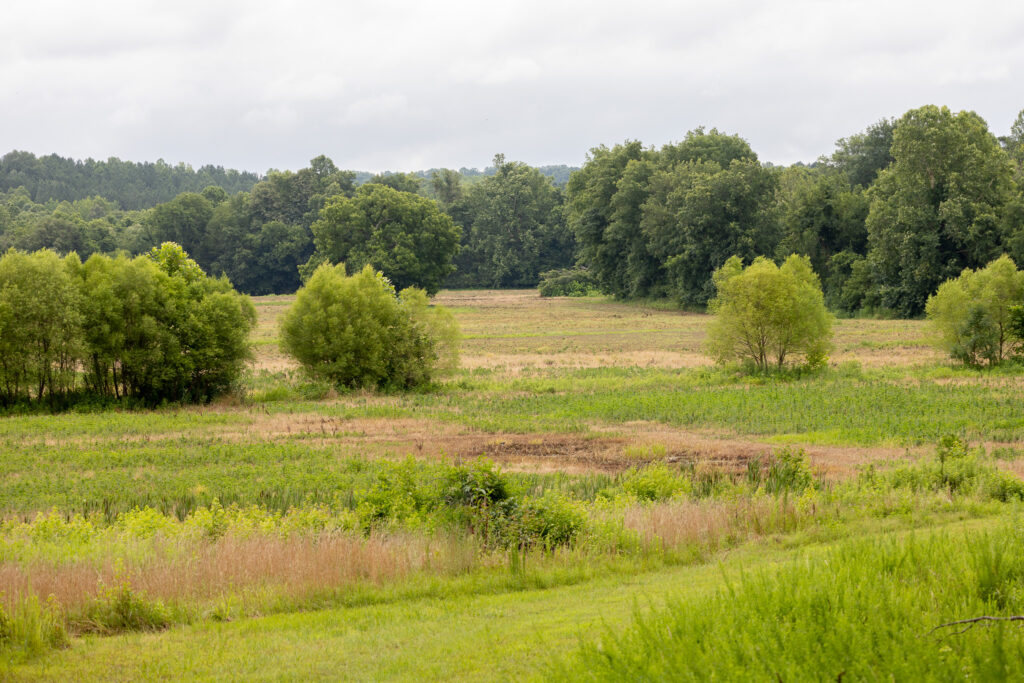
A Growing Legacy
PLC plays a key role in expanding North Carolina’s state parks by acting quickly to protect natural areas before they are lost to development. When the park system is ready, we transfer these lands to the state for long-term stewardship and public access.
The Hickory Creek transfer and Mabe Farmland acquisition are the latest milestones in our decades-long commitment to the Mayo River. Since the early 2000s, PLC has added nearly 2,350 acres to Mayo River State Park in North Carolina and another 216 acres to the Virginia portion of the park. With every new addition, the river gains more protected frontage, increasing both public access and protection for wildlife and water quality.
Thanks to the continued support of our donors and partners, much of the Mayo River is already protected and thriving. But the story isn’t over. We look forward to the day when the entire river is part of a fully connected and permanently protected natural corridor.
